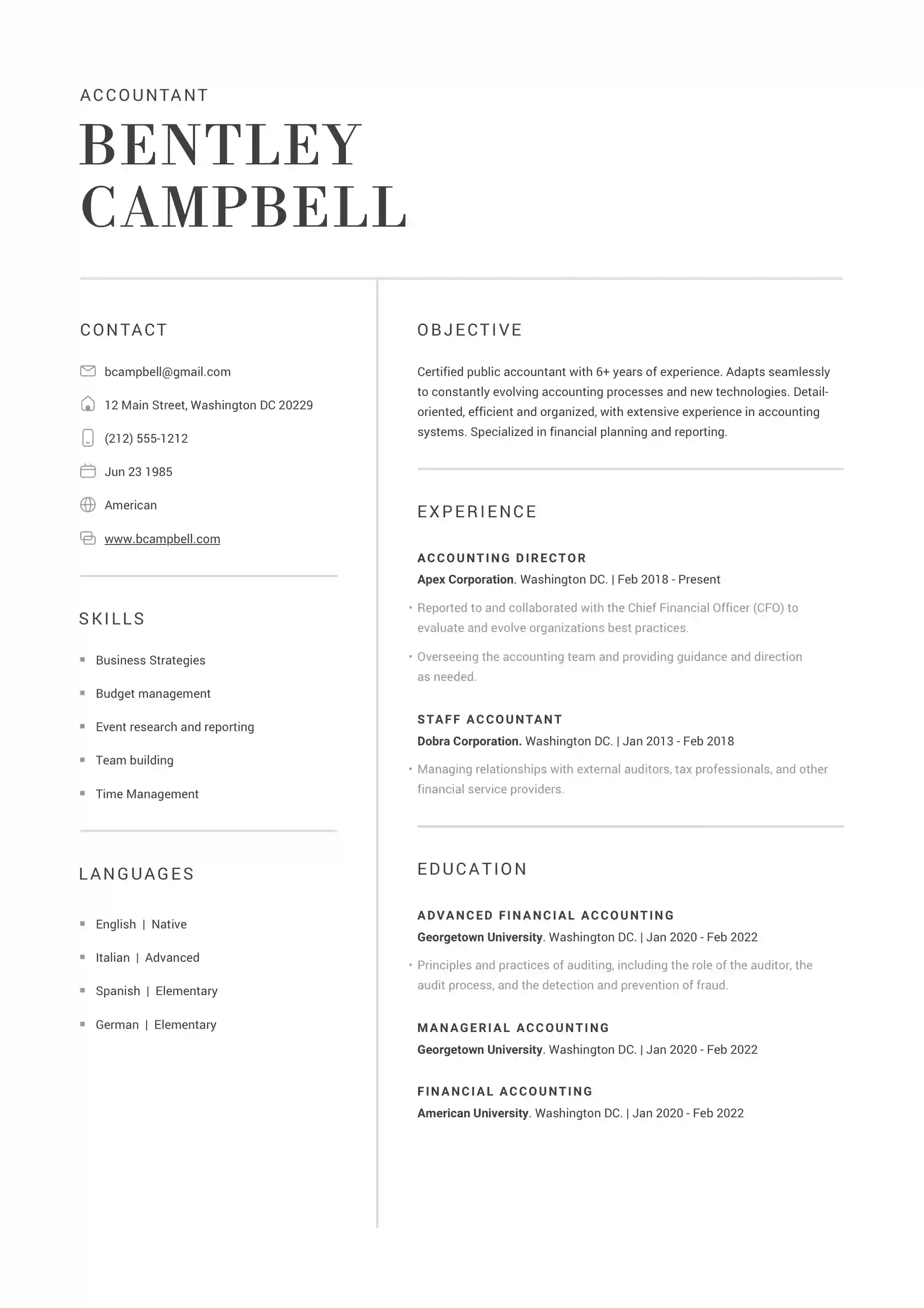
When you come to design a resume you’ll often find conflicting information on whether you need an objective statement or not.
There are many benefits of including a short statement of intent on your document. However, times and fashions change and recently it’s been noted that recruiters aren’t as fond of resume objectives as they used to be.
In this article we investigate when and how you should use an objective statement on your resume. We also address whether you need to include this short text at all and what could be used to replace it.
A resume without an objective statement is preferred by hiring managers today. Resumes can still perform well with this included but they are usually seen as out-of-date and might give a bad impression.
Additionally, resume objectives can come across as a little self-indulgent at times. Of course, if they are done correctly they can give the template a boost. However, they don’t always help the recruiter understand why you’re the best candidate for the job. They may even harm your chances.
Resume objectives focus a little too closely on what you want rather than what the recruiter wants. That’s the wrong way to prioritize your data.
Resumes without objective samples can perform as well as, if not better than those that include them. Let’s see how.
While a resume objective might not do the trick, using a resume summary statement instead could make a positive difference. This focuses more on the kind of features the recruiter wants to see, rather than telling them why you think you’d be a good choice.
This can be optimized for every position you apply for. The best way to do this is to read a job advert carefully and identify some key skills, experience, or qualifications that you already possess.
Once you have a clear understanding of what the hiring manager wants from a candidate, you can start fitting your own profile to match this.
Think of a resume summary statement as a kind of advertisement. It should convey the characteristics you’re trying to sell in a concise and efficient way.
If this is done correctly the first thing the recruiter will see on the page will be a quick round-up of why you’re the candidate they’re looking for. This can include elements such as:
In some cases a resume objective can still make a positive difference to your document. There are a few scenarios where you can make use of this feature effectively.
For example, if you are starting out in your career and are building a resume for the first time, a resume objective could work well. You could use this section to explain a little about your background and why you want to enter the field you’re targeting.
It may also be used if you’ve just changed sectors, if you’ve got no recent experience, or have had a career gap due to illness or maternity. In these situations using a resume objective can work in your favor.
It can quickly temper expectations and explain gaps in your resume. It also allows you to restate your passion for the work you do in your sector to show that you’re ready to restart this new phase of your career.
If you are able to combine your objective, with some details about why you are a good candidate for the job, all the better.
Ultimately does your resume need an objective? The short answer is: no, although in reality it is totally up to you. If you think the circumstances call for it and you have space to spare on the page then it could prove useful.
The most important factor to consider is whether you’re communicating the most alluring information. Are you really giving the recruiter what they want?
Overall, the presence of a short introduction paragraph on the page itself is unlikely to harm your chances but it must give the recruiter a reason to think you’d be a good fit.
A brand new resume can be constructed in minutes using ResumeCoach’s tools. Start with the bare basics and build up your document in a few easy steps to create an impressive and stylish professional profile.

Struggling with Resume Writing?
Ease the process with our templates